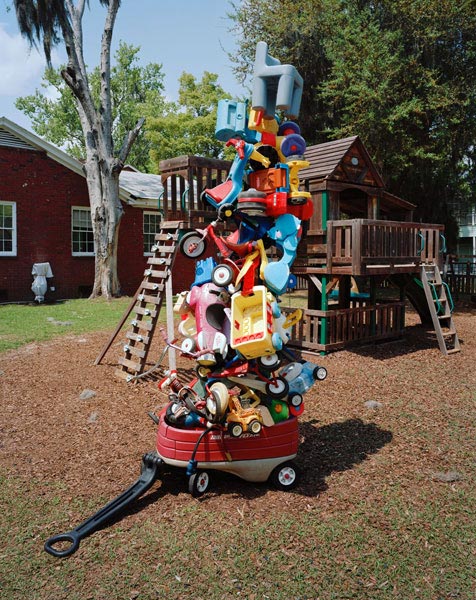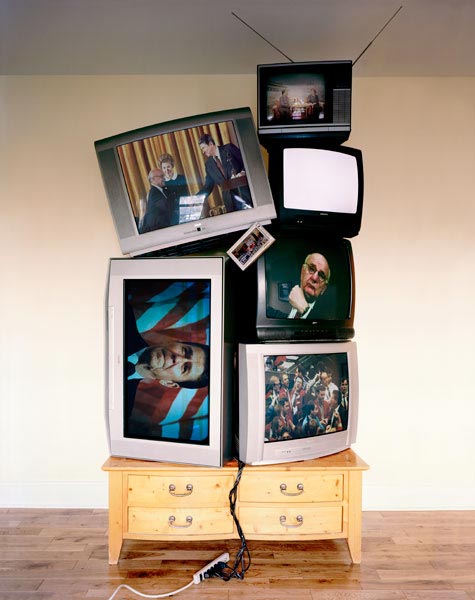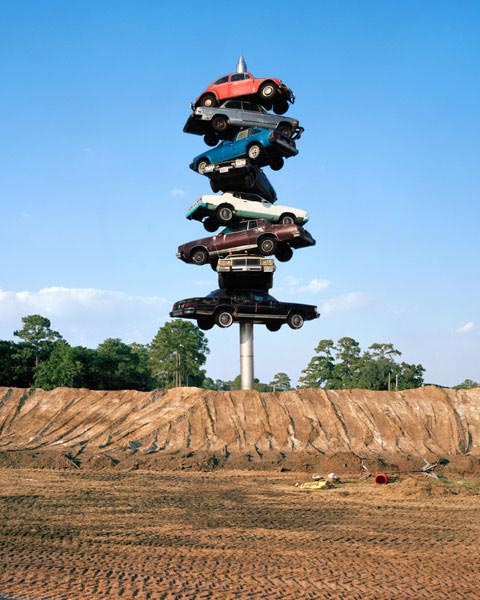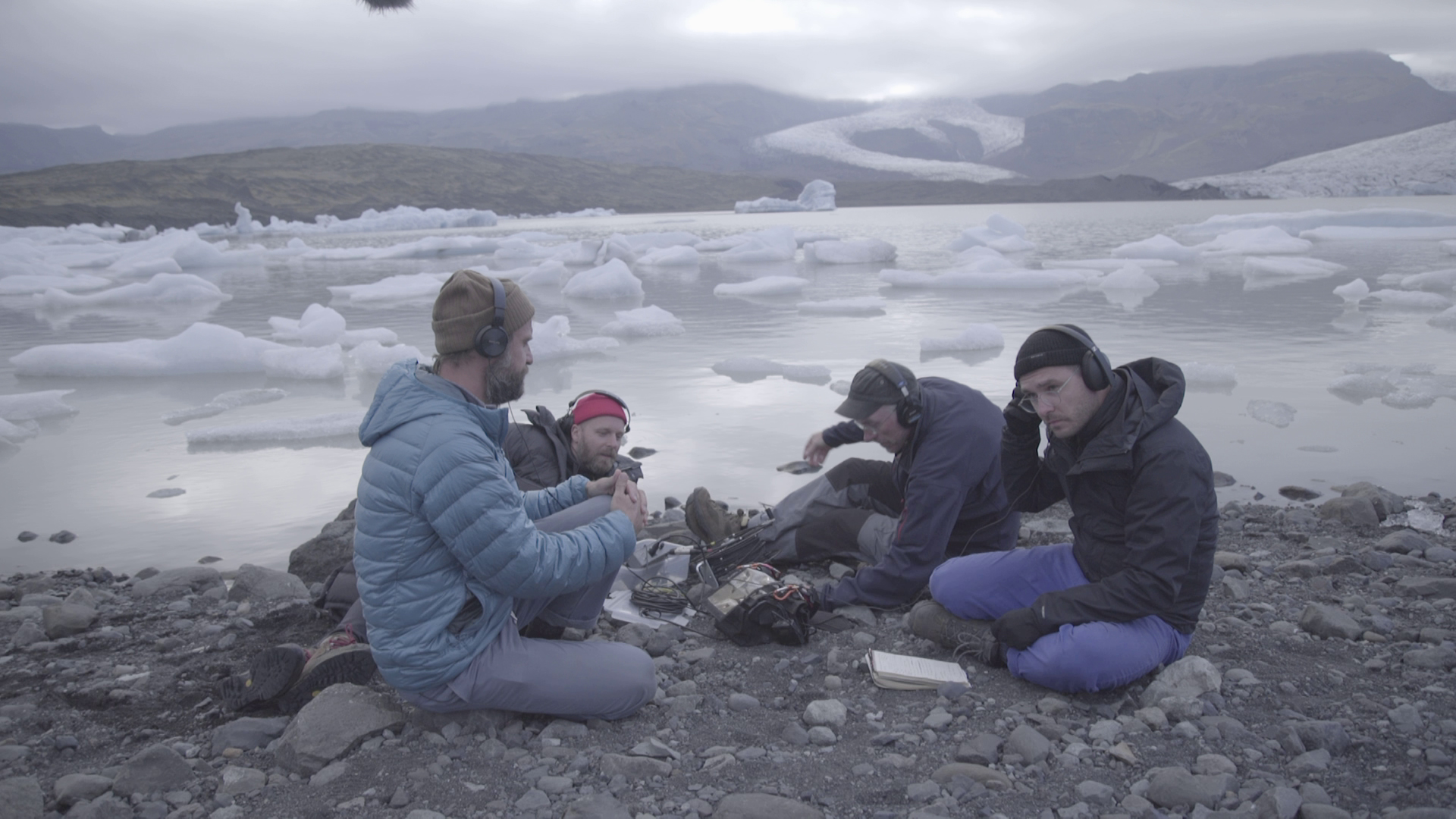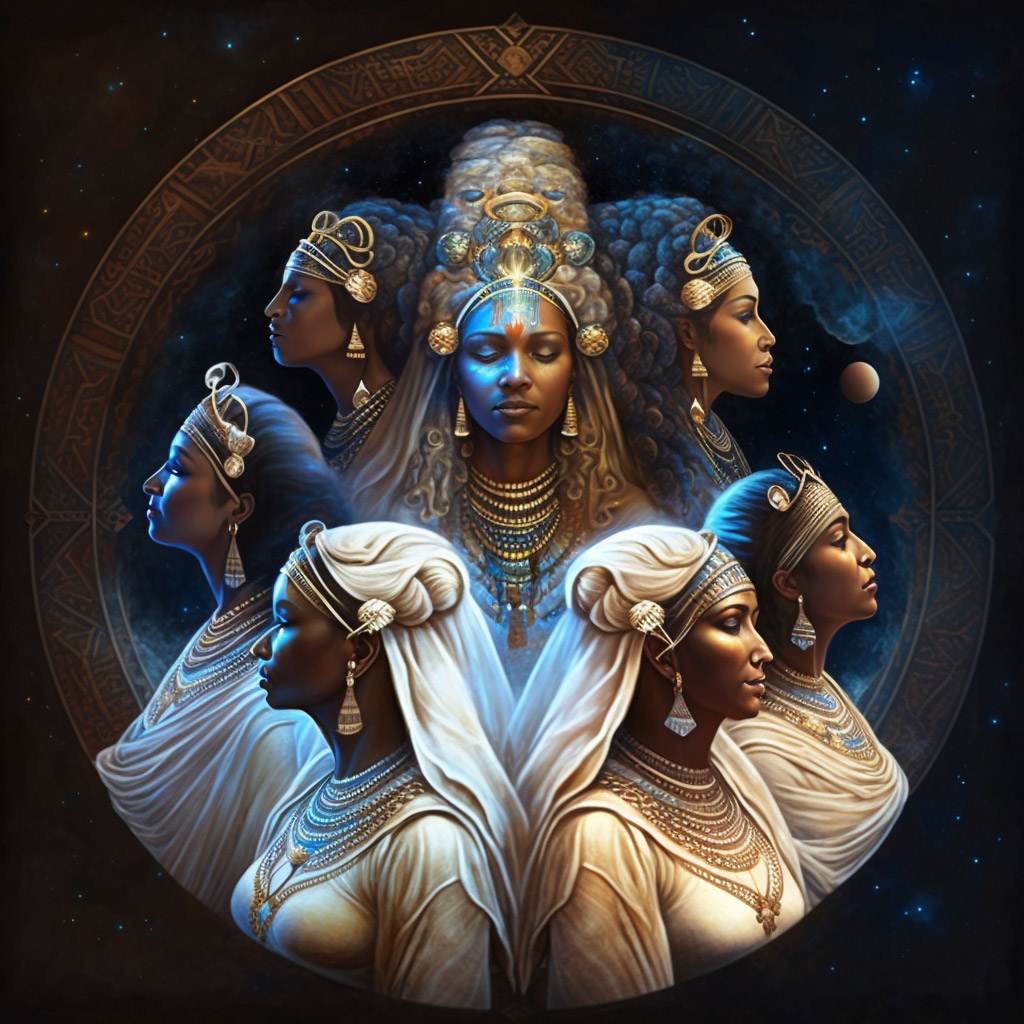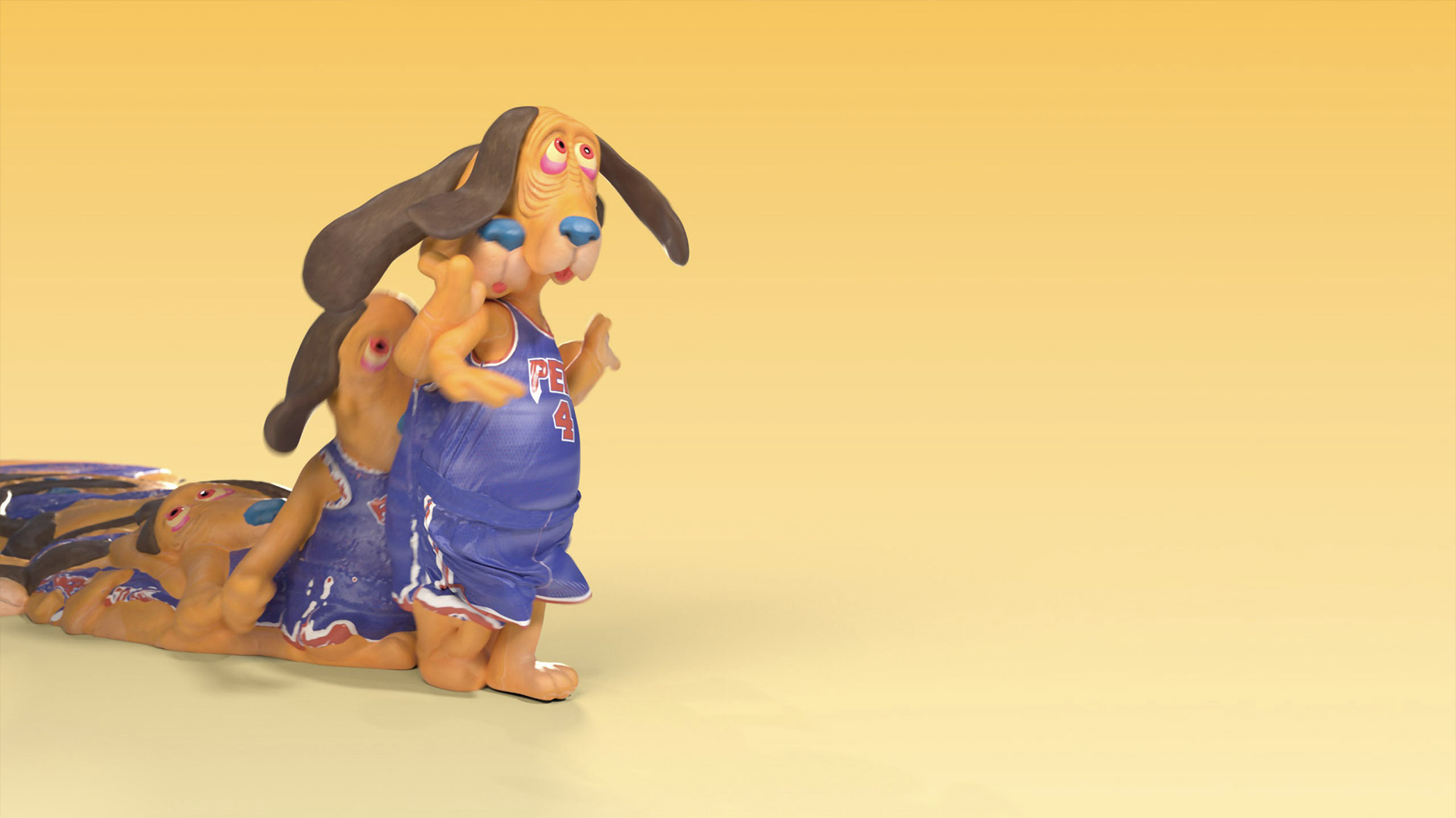Material World is Welch’s response to “contemporary consumer mileau.” Using everyday artifacts we all know, love, and consume, Welch sculpts totemic icons that call into question our collective spending habits. The original items change forms and their original functions become obsolete; household staples which had once seemed to be quite necessary lose their utility and see new life, in photographs and sculptures which seem to defy gravity.
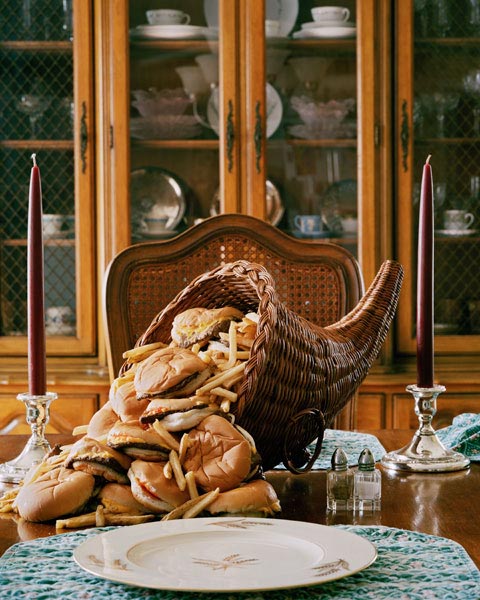
There’s a struggle for many artists with regards to consumerism – one feels the need to create but also is constantly being reminded that to create is also to create waste. Do you struggle with this, and how do you manage or balance the relationship between the two?
I do and I don’t struggle with it. No one making work that deals with consumerism likes the waste aspect. Fortunately a lot of the materials I use are returned to collection facilities that either sell them as scrap or recycle them. It’s sort of a silver lining for the work. For the personal items like boxes, baby clothing, etc, this is one thing I’m dealing with. When dealing with consumerism and its negative side effects, you have to acknowledge that while you’re attempting to be part of the solution, you’re also part of the problem. I’m a consumer; it would be hypocritical to admit otherwise. I hope the work sparks a debate about consumerism and why we feel compelled to consume.
Why the decision to go with a totem form?
Good question. Totems are interesting symbols, and they have a lengthy history. Originally totems were objects that represented groups of people. In North America, the totem pole is something different, and its meaning is continually evolving. But there is a common understanding of totems and totem poles serving as narrative. Using totemic forms in my work is a way for me to communicate notions of accumulation and excess but also narrative, a sort of contemporary social biography.
Where do you gather your materials?
The materials used in my photographs are either found, gathered, personal, or purchased. My concept calls for identifiable objects, so I started searching locally, calling landfills and recycling facilities. For me, finding some the materials is difficult but doable, and with a little persistence and time, they are gradually collected. Since the work speaks of accumulation; I need a lot of material, and I take what I can get.
INTERVIEW CONTINUED BELOW
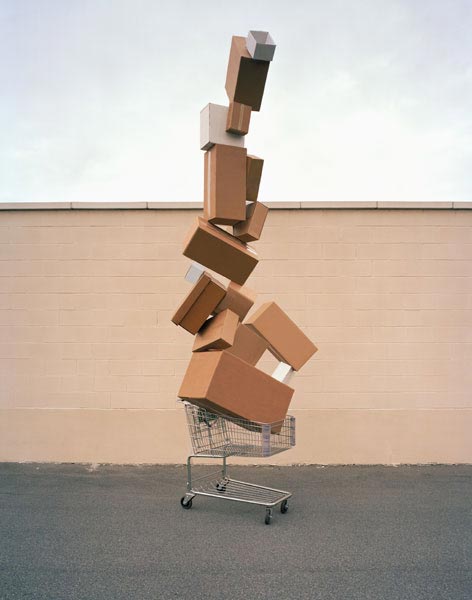
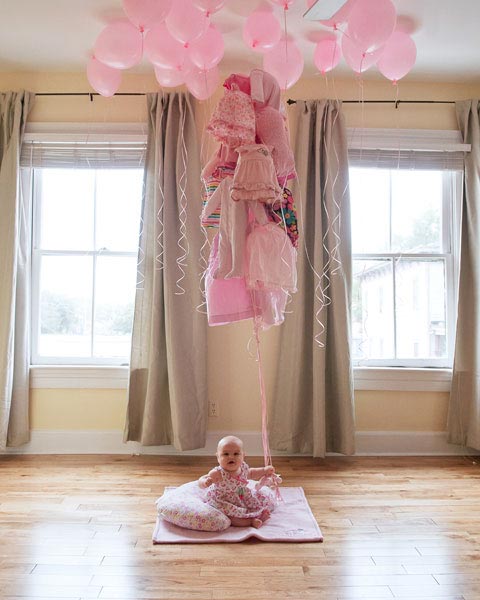

Where do you find the space to accumulate all of the items for this project?
Wherever I can. I live in downtown Savannah and my apartment is filling up. My stairwell was a staging point for the televisions, and as soon as I finished up with those, the space was quickly filled up with satellite dishes. I try to get the materials in and out of my apartment as quickly as possible. Sometimes that takes over a month as some materials are harder to find than others.
How did the vehicle piece come about?
I was out photographing one day and discovered a massive highway extension project underway so I thought a totem about car culture might fit into the series. I photographed one section of the highway construction and composited in a well-known sculpture called the Berwyn Spindle. Sadly, the sculpture doesn’t exist anymore, but the web is littered with photographs of the sculpture. Initially I had a conceptual conflict about appropriating a photograph of another’s sculptural work since all the other totems were constructed by me. But, since I view the objects in my photographs as Duchampian Readymades — found objects that are recontextualized — I found a conceptual loophole. Ubiquitous images such as those of the spindle deserve similar treatment, so in a way, they are on the same level as plastic bottles, TVs and hamburgers.
Is there a specific moment where the idea for this series came to your mind? When was it?
I studied Economics as an undergraduate so I feel like I’m maintaining those interests and presenting them visually as an artist. Thankfully, I might have taken the Marxist concept “objectification” a bit too literally, linking this to an “externalized” form, i.e. sculptures. Additionally, my previous projects such as Thomas Square concentrates on class, gentrification and diversity whereas another, Urbanscapes, concentrates on ironic juxtapositions in urban development. These projects mark a progression in research that lead to Material World. My current work represents a more conceptual push dealing with consumerism, a subject I feel is at the core of the larger issues I previously photographed. Since most art dealing with consumerism seems too matter-of-fact, I want my work to be allegorical, being humorous and visually interesting but imparting a deeper message. Why the hell do we need all this stuff, anyways?
What other totems can we expect from you in the near future?
I’m currently staging materials for a few new totems, hopefully finishing those up in a couple of weeks. I’m excited about them because they’ll balance out the existing totems. Expect fried chicken, toilet paper, beer cans, clothing and another box totem. This one’s special because they’re enlargements of products I personally consume. Stay tuned!
